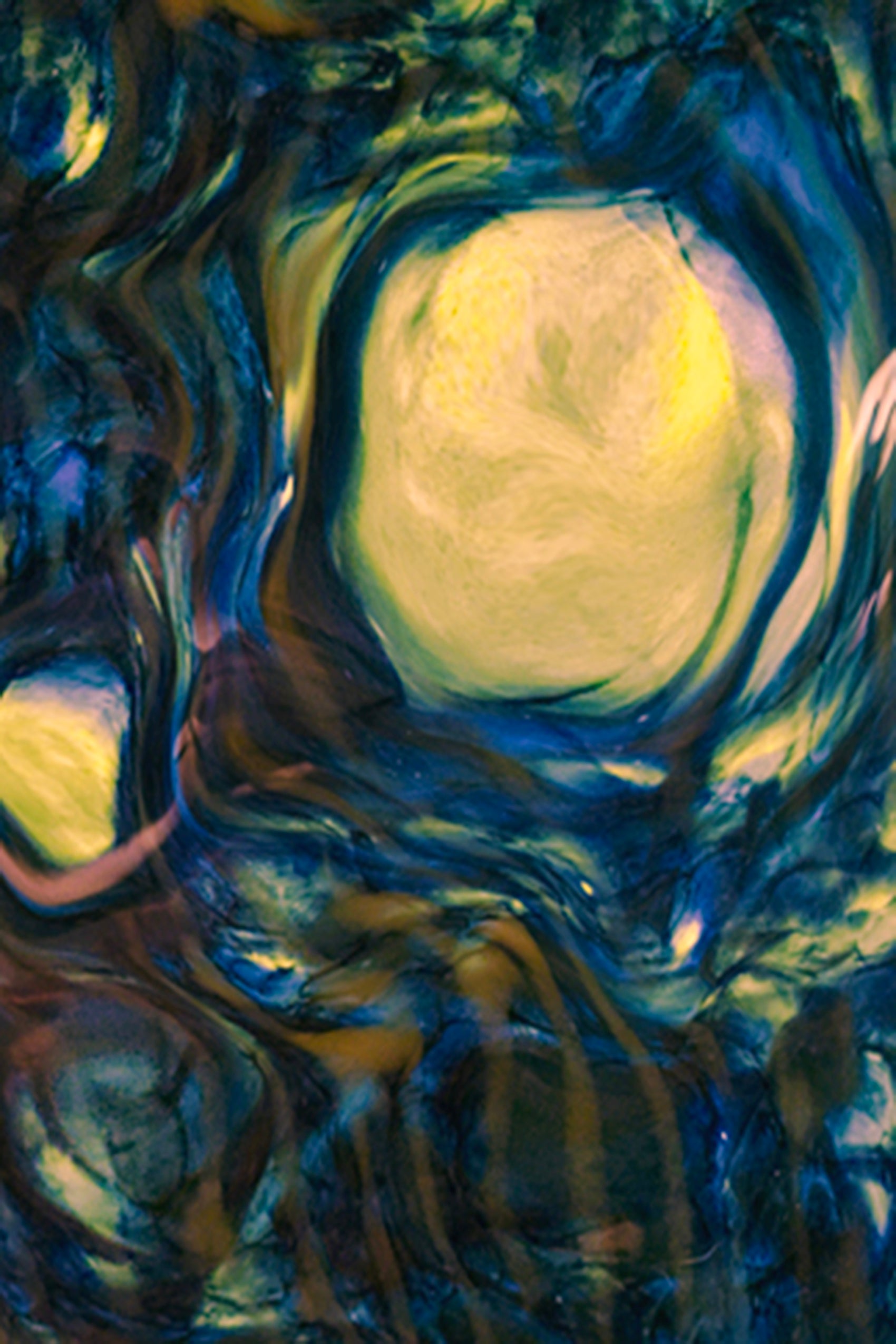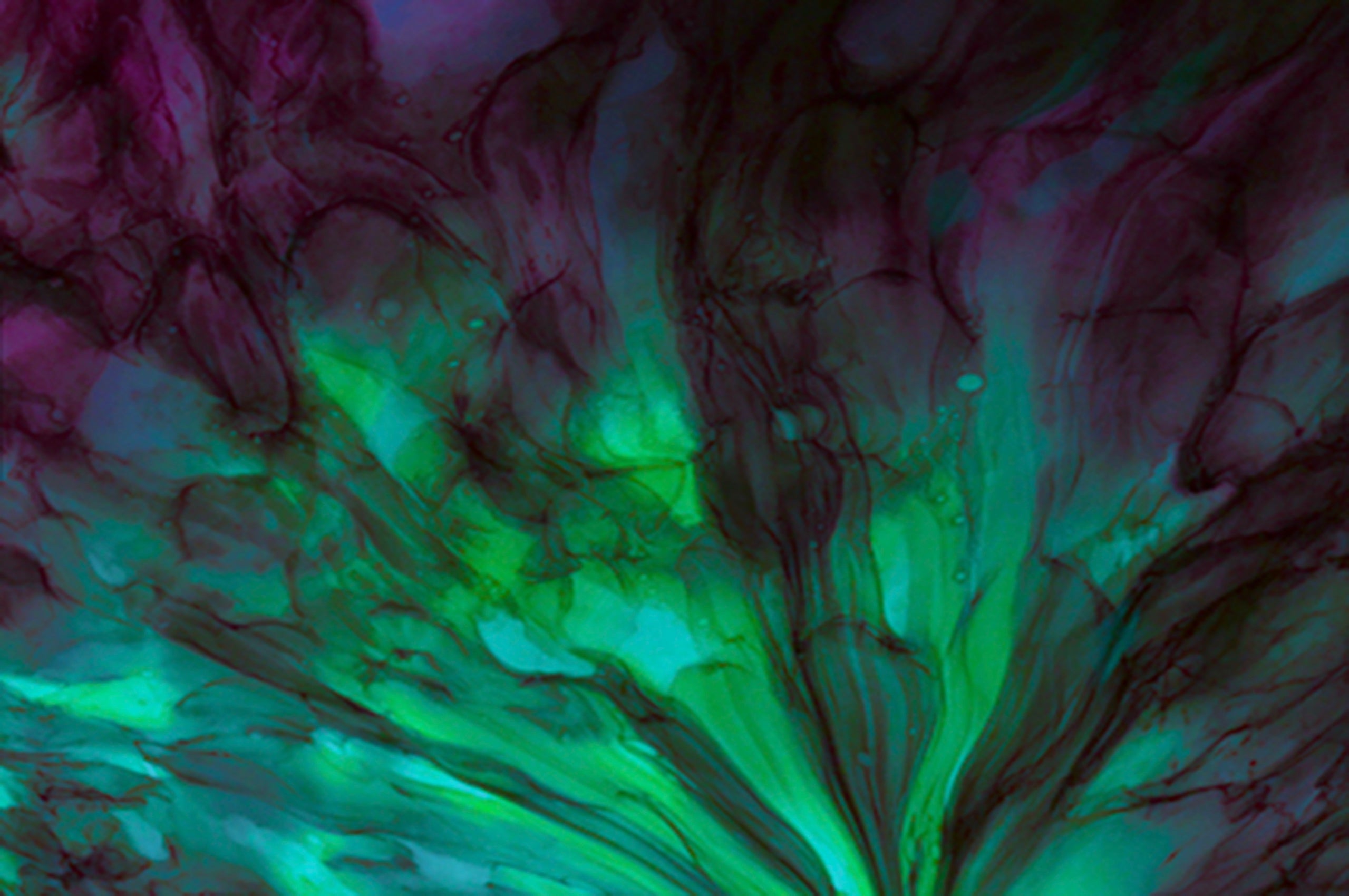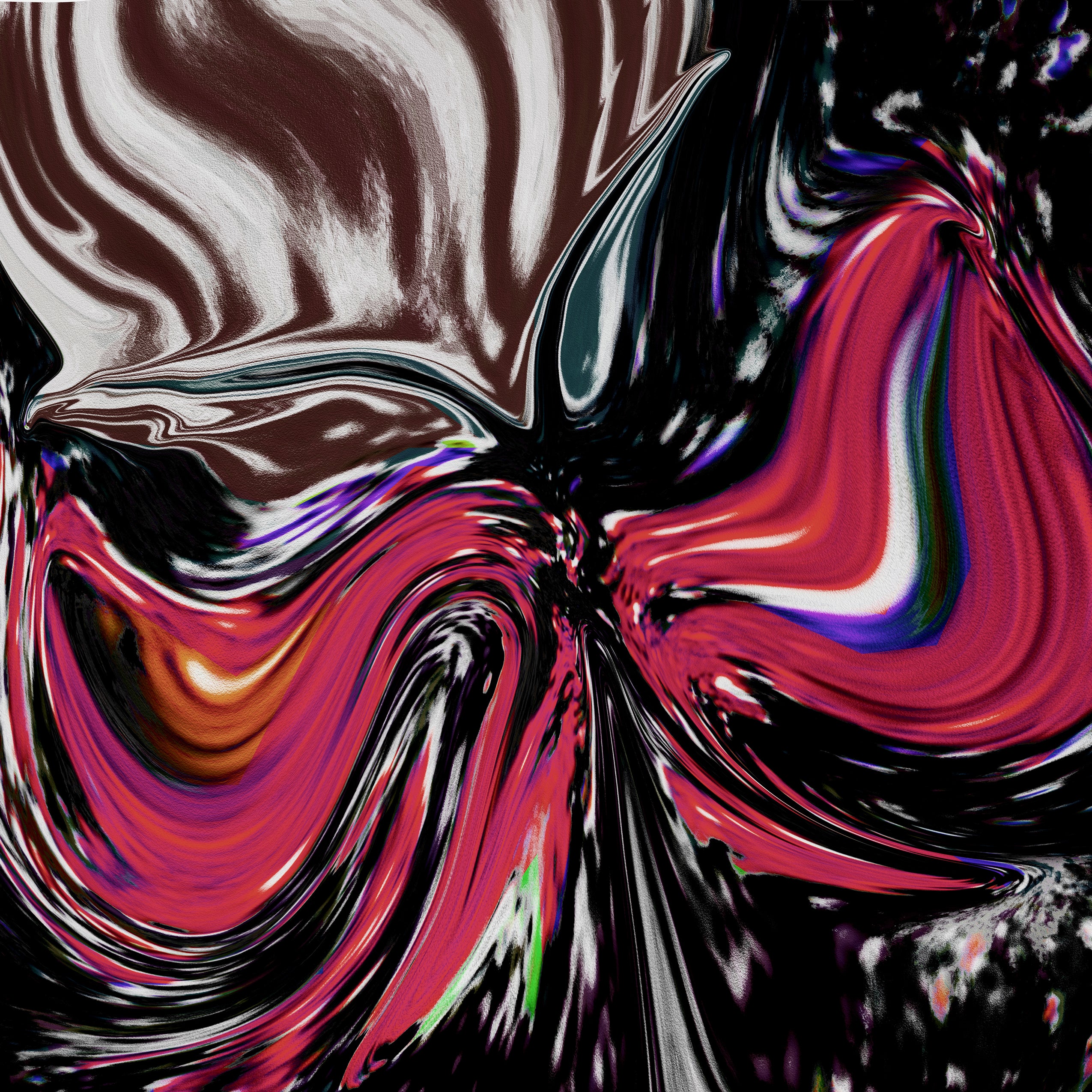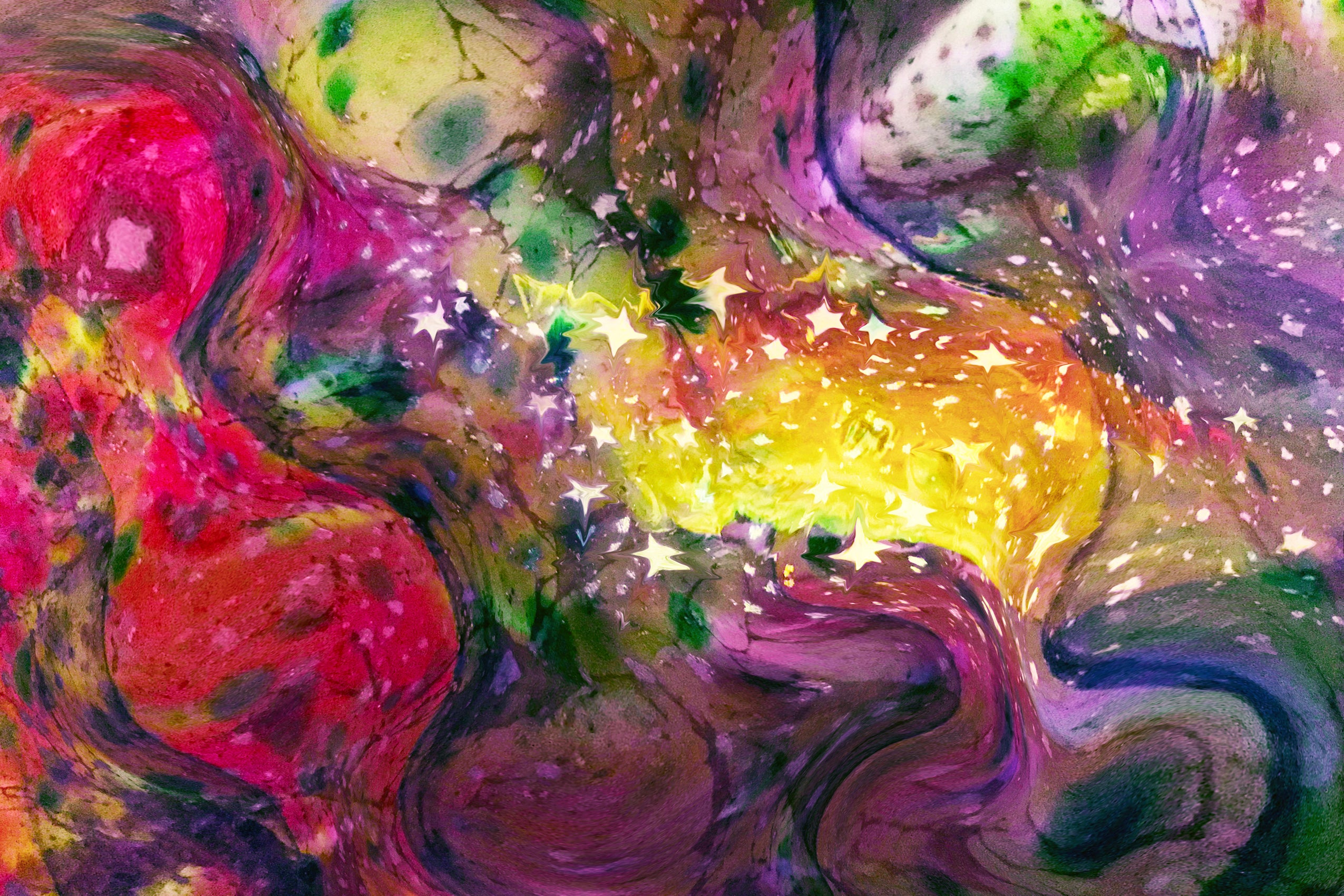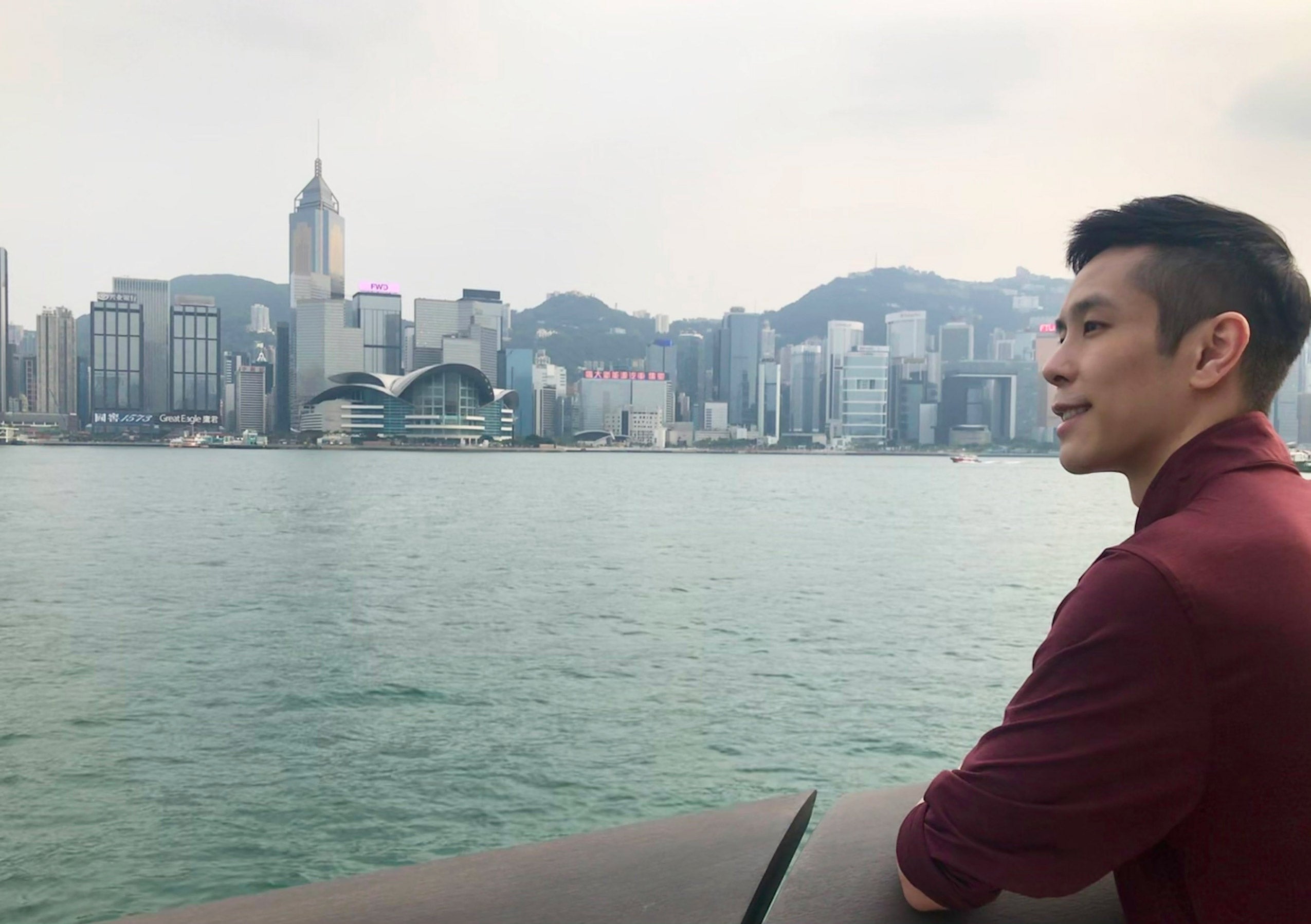As a visual artist, Keyon Lo LL.M. ’21 says choosing his favorite artwork is impossible — like choosing a favorite child. “They are all unique time capsules that store my emotions at the very moment I created them,” he said.
But one of the pieces that has special meaning to him is the “True Dynamic of Yin and Yang,” a contemporary artwork that draws from the ancient Chinese relational concept, but overlays a swirl of rainbow colors to express his view that the universe should not be balanced by only two colors or genders, but rather by a spectrum of shades.
The piece was selected by UNESCO Bangkok for its 2019 #ColourMein campaign, which featured work by 17 artists from ten countries, to raise awareness about the challenges faced by LGBTI students in Asia and to prevent sexual orientation-based violence at schools.
For Lo, it was a valuable opportunity to share a message he wished he had encountered growing up in Hong Kong: that diversity is good for society and it is important to embrace and respect all kinds of differences.
As a young boy, Lo liked to make dresses, something his peers deemed unusual. He was constantly bullied for his difference. As he identified as gay in adolescence, church leaders encouraged him to reject homosexuality. Feeling alone, he faced a series of “heart-breaking” incidents that even now are too painful to recall.
“I wondered why they did that to me. Is it because I was wrong?” he said. He later came to accept that his attackers were also teenagers who did not know how to express themselves. “Perhaps it was the way they showed their curiosity towards someone who appeared to be different from them,” he added.
By high school, he knew he didn’t want to conceal his sexuality. He turned his pain into motivation for drawing, and created many art pieces that advocate for social causes.
His talent was recognized by his high school principal and he was nominated to study fashion and textile design at Hong Kong Polytechnic University, one of the top public universities in Asia for fashion design and textile studies. He loved learning everything about fashion and poured himself into his work. He encourages students to study what they like, rather than what their parents or others deem best. Learning is more spontaneous when you study what you care about, he said. “No one asks you to marry your first degree,” he said. “It’s a platform to find your true passion.”
During his second year at HKPU, he participated in an exchange program at Cornell University where he befriended a number of pre-law students and found he enjoyed debating controversial topics with them. The seeds of what would become his Harvard LL.M. thesis were planted there amid discussions of depriving American fashion designers of their intellectual property, and the importance of having more legal measures to protect their work.
His experience at Cornell — and debates about fairness — sparked a desire to learn more about how law can provide justice. After graduating from HKPU as class valedictorian with first class honors, he decided to enroll in law school — against the advice of his professors who warned that it would be too difficult to study law as a fashion graduate. He said he challenged those stereotypes, deciding to “go bold and follow Legally Blonde’s Elle Wood’s path.”
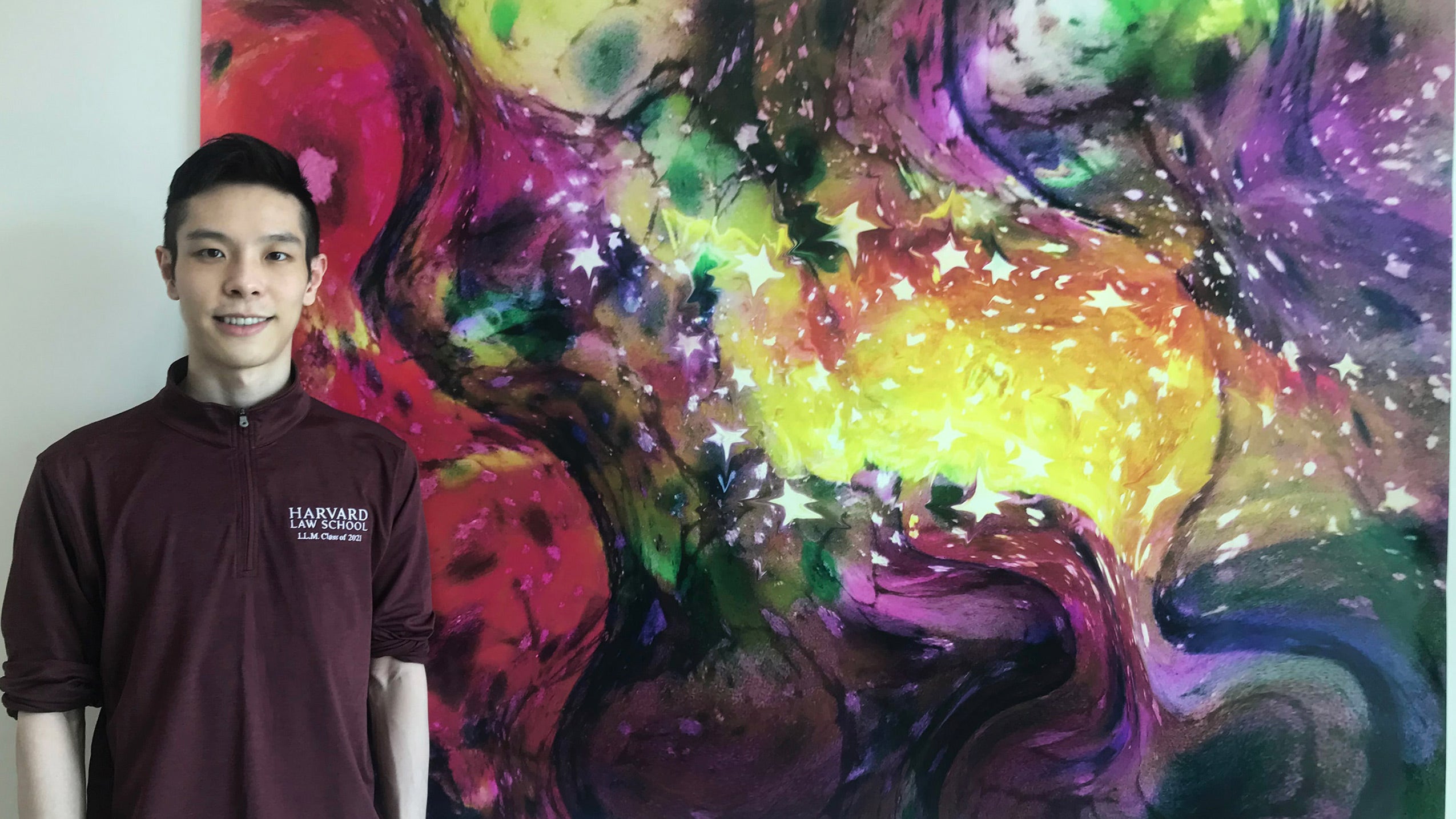
Lo said, choosing to study law was a life-changing decision. He learned about how important it is to provide a fair, level playing field for the next generation, and he decided to be a public servant to help society.
Graduating from the Chinese University of Hong Kong with a J.D., Lo joined the Independent Commission against Corruption of Hong Kong, where he investigated corruption-related allegations, and adviced hundreds of public and private entities on enhancing their companies’ codes of conduct and anticorruption policies.
Ensuring governments and businesses conduct themselves with integrity, Lo said, is not just a slogan. “It’s something that we have to safeguard for the next generation so that they will have a fair and safe environment to thrive,” he said.
Lo excelled at his work. By his second year, he received a commendation from the commission and a recommendation to earn an M.B.A., which he did at the University of Science and Technology of Hong Kong, graduating with a high scholastic achievement award.
After serving in government for four years, he decided to complete his legal training as a trainee solicitor at Morrison & Foerster, in Hong Kong, where he was later appointed an associate.
There was a lot pressure, with endless documents to review, tight schedules, and clients to meet. With no time to spend on art or design, he said, his left and right brains were constantly fighting each other. His logical thinking told him to focus and complete the work he needed to do for his legal training. His creative mind, he said, was “jumping around” and wanting to express itself in a completely different way. He found himself angry and anxious, and he fell into a depression.
“The more you suppress the things that you want to do, or your inner voice, the bigger the reaction or the counter force,” he said. “It’s important to learn to balance them.”
Lo’s doctor told him that while there is medicine that may improve his mood or help him sleep, the best medicine is just to do what you want to do. On his doctor’s recommendation, he enrolled in art therapy and managed to pour his “inner feelings” into his art.
He showcased the art in 2018 at a local wine bar in his first solo exhibition, titled the “Fears that Live Inside Us.” The exhibition included a piece titled “Screaming,” which expressed his feeling at a time when staying calm was not an option — a sentiment he believes many law students and lawyers would understand.
After learning about the Clifford Chance Arcus Pride Art Exhibition, an international series showcasing the work of LGBTI artists, he spent two years preparing his portfolio and submitted more than 30 pieces to the co-organizing gallery. He said he was “shocked and flattered” to be chosen as one of four featured artists that year.
In 2020, Lo was the first lawyer and artist invited by the Law Society of Hong Kong to create an artwork for their annual report cover. Later that year, AIDS Concern also invited him to create an artwork for their fundraising gala. He drew on his legal experience and created “Long Road to Eradication,” a piece inspired by due diligence he performed as a lawyer for an initial public offering for a new treatment to suppress HIV load.
“At first, it was not a clear path that I wanted to be a lawyer,” he said, “but I have always been true to myself about what I desire to learn.” Lo, who thinks life is full of serendipity, said his younger self never could have imagined that one day he would be attending Harvard Law School. Although attending HLS during a pandemic while living remotely in Hong Kong was also not what he expected. He admits he lost a lot of sleep and had challenges connecting with others in different time zones. He said, “albeit it was difficult, everything was worthwhile.”
Studying copyright law at HLS, and understanding that some creative works are actually public good, made him view intellectual property in a new, and more nuanced, way. For instance, discussions in Professor Rebecca Tushnet’s Copyright Law made him question how much incentive for creators is necessary to promote innovation in a country. And advice from his LL.M. thesis supervisor, Professor Ruth Okediji, to explore the underlying copyright theories in the U.S. prompted him to examine the intersection of IP protection and the benefits for society.
Beyond thinking about how to protect fashion designers’ creative work, he now feels it is as important to educate lawyers and designers on how law can be framed in a balanced way to protect designs, while allowing society to enjoy them. “Copying is not wrongful, per se, but copying without crediting or remunerating the original designers might corrupt the IP equilibrium and jeopardize creative talents’ incentives to create,” he said.
While time is short, Lo now treasures his painting time more than ever because he finds it is so hard to come by. He realizes that he does not necessarily have to choose between art and law; instead, he can be an “alchemist,” combining his skills to create a platform to help the LGBTI community fight for complete equality. He hopes to continue to contribute his legal knowledge and creativity to society — advising lawyers on how to protect intellectual property and designers on how to respect others’ designs and to create independently with high integrity.
In the bio on his website, Klartionary.com, Lo writes: “I was lucky to have found my gift in life, and I want to give it away through my artworks.”
